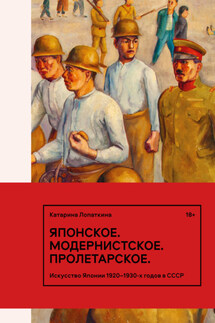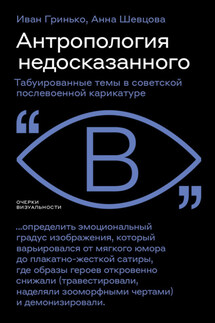Edgar Degas - страница 4
At the sixth Impressionist exhibition everyone marvelled at the wax statuette of a ballet dancer, almost one metre high, The Little Ballet Dancer. The tutu was of real white tulle, the bodice of waxed yellow canvas, the hair was knotted in a ponytail with a red satin ribbon, and the ballet slippers had yellow laces. Upright, in ballet position, her hands are behind her back, her head thrown back. “With her tarlatan petticoat, skinny, and as ugly as can be,” wrote the critic Charles Ephrussi, “but standing erect, arching back, and swaying, with that angular movement common to dance apprentices. She is rendered firmly, boldly, and with shrewdness, in a way that conveys, with infinite wisdom, the private demeanor and manner as well as the profession, embodied in the person… An ordinary artist would have turned this dancer into a puppet. M. Degas has turned her into a distinct, incisive, technically precise work, and in a truly original form” (Degas Inédit [Degas Unpublished], op. cit., p. 336–337).
The nude was no less important as an object of study for Degas: he drew it tirelessly all his life. “The same subject has to be done ten, a hundred times. Nothing in art should look like an accident, even movement” (J. Bouret, op. cit., p. 58). Movement, still more movement, always movement… Professional models would pose for Degas; his demands seemed absurd to them. Instead of sitting the young woman down or placing her, standing, in a well defined pose, he asked her to dry herself and do up her hair. Was the painter even drawing her? No: he stood standing against the wall, arms folded across his chest, watching her. Occasionally he climbed on a stool and watched her from above. Only after the model left would he begin to draw. Degas gained access to a world that, until then, had never let people from the outside come near: he represented women in their private surroundings, which belonged to them alone. He drew them in poses in which it is impossible to pose. She washes, squatting, in the bathtub. She combs her long hair, which a moment later she will toss back. Twisting around clumsily, she dries her back. Each drawing and each pastel seems to represent one image from an endless film of women washing and grooming themselves.
As he grew older, Degas made more and more sculpture. “With my eyesight going,” he said to the dealer Vollard, “I now have to take up blind men’s work” (J. Bouret, op. cit., p. 209). He modelled, in wax, what he knew best: ballet dancers, horses, and nudes. Ambroise Vollard was crestfallen to see how Degas would destroy his wax masterpieces so he could have the pleasure, as he put it, of starting them again. In his last years, Degas was almost completely blind. He died 27 September 1917. Among the group of several friends who came to accompany him to Montmartre cemetery there was only one Impressionist: Claude Monet. The other friend who had survived him, Renoir, was confined to an invalid’s armchair. In the midst of the First World War, the painter’s death went almost unnoticed.
The Dance Foyer at the Opera on the rue Le Petelier, 1872.
Oil on canvas, 32.7 × 46.3 cm.
Musée d’Orsay, Paris.
The Dancing Class (detail), c. 1870.
Oil on wood, 19.7 × 27 cm.
The Metropolitan Museum of Art, New York.
Orchestra Musicians, 1872.
Oil on canvas, 69 × 49 cm.






